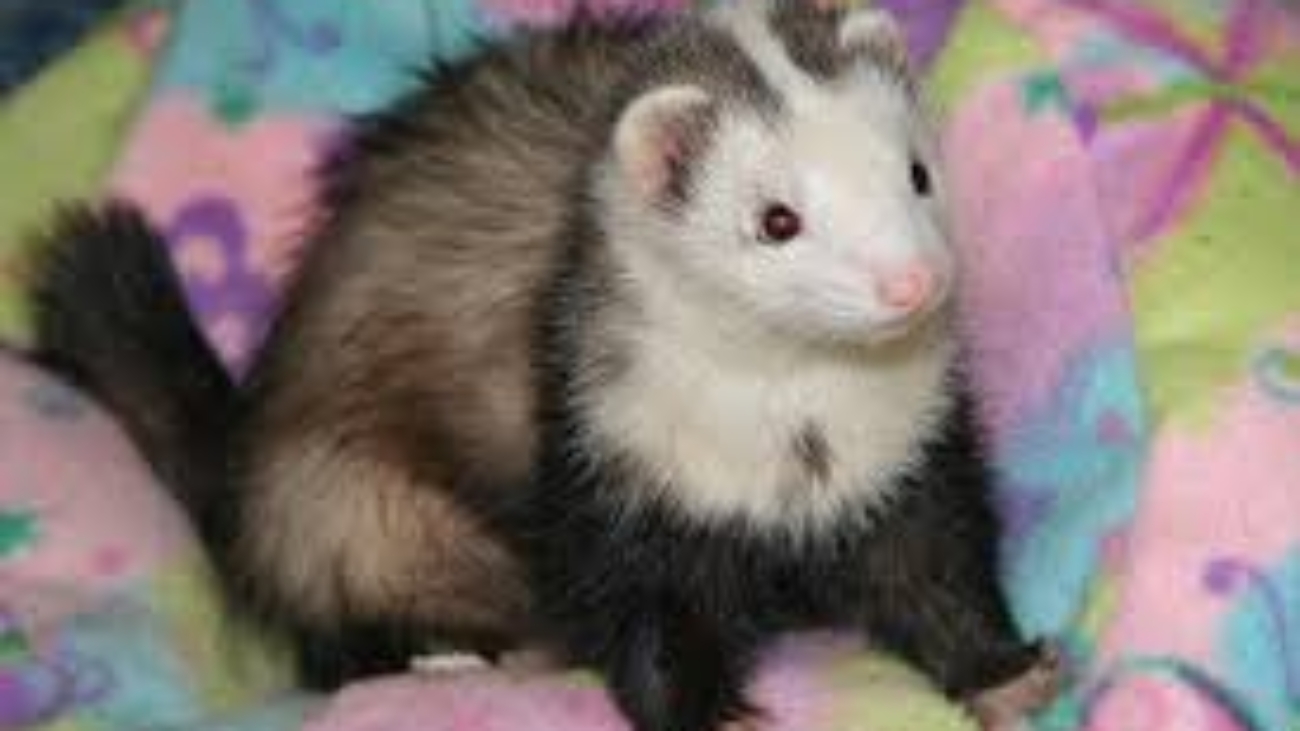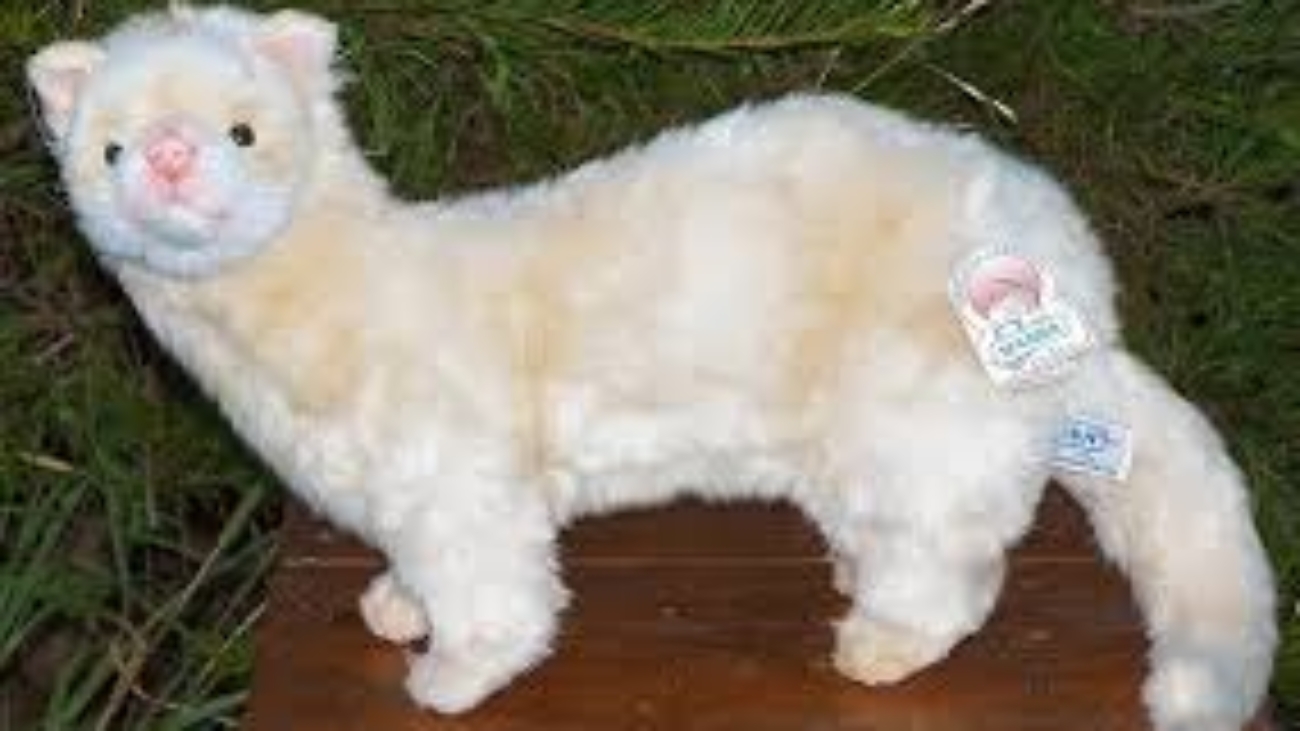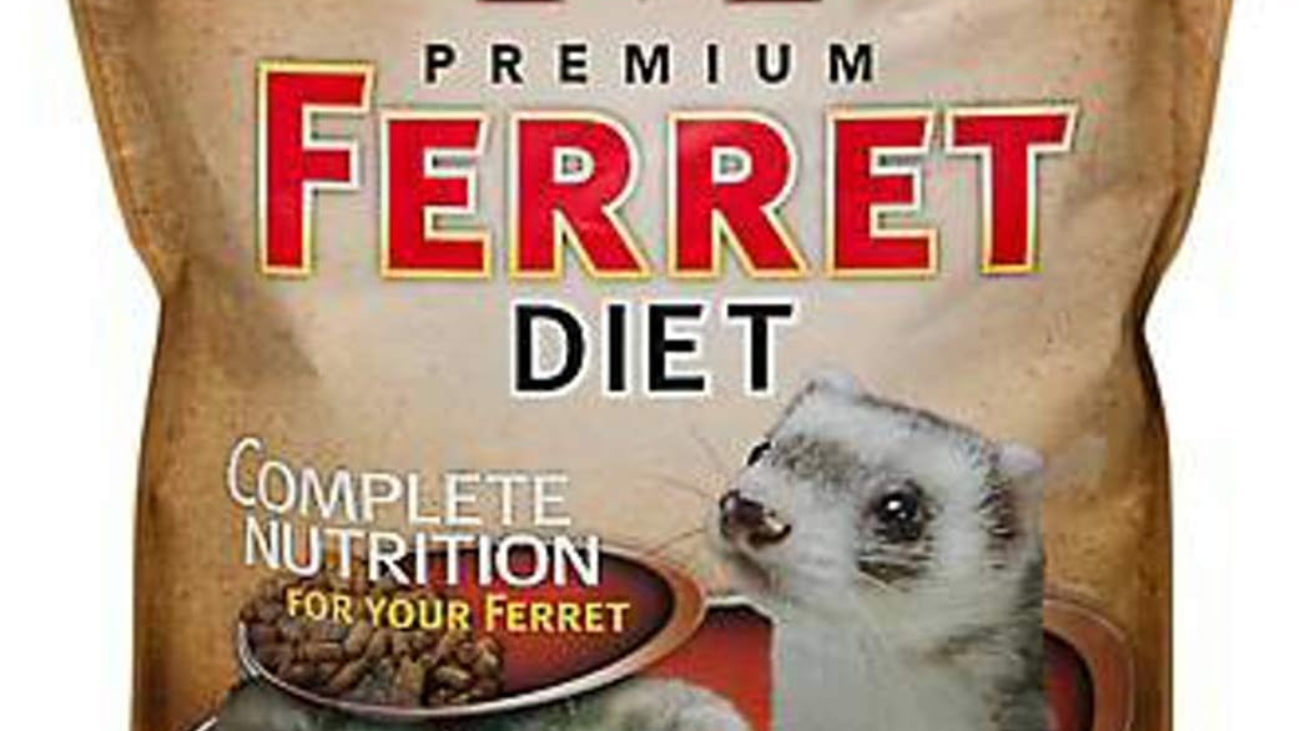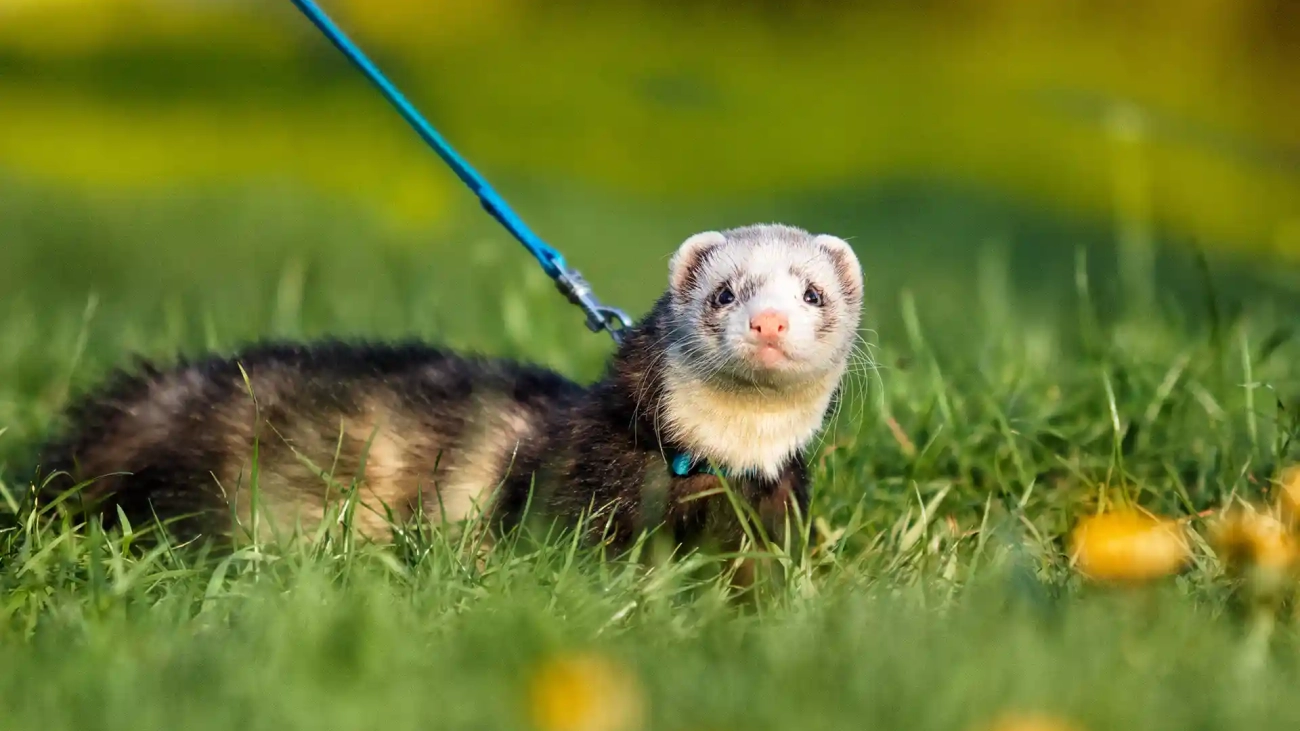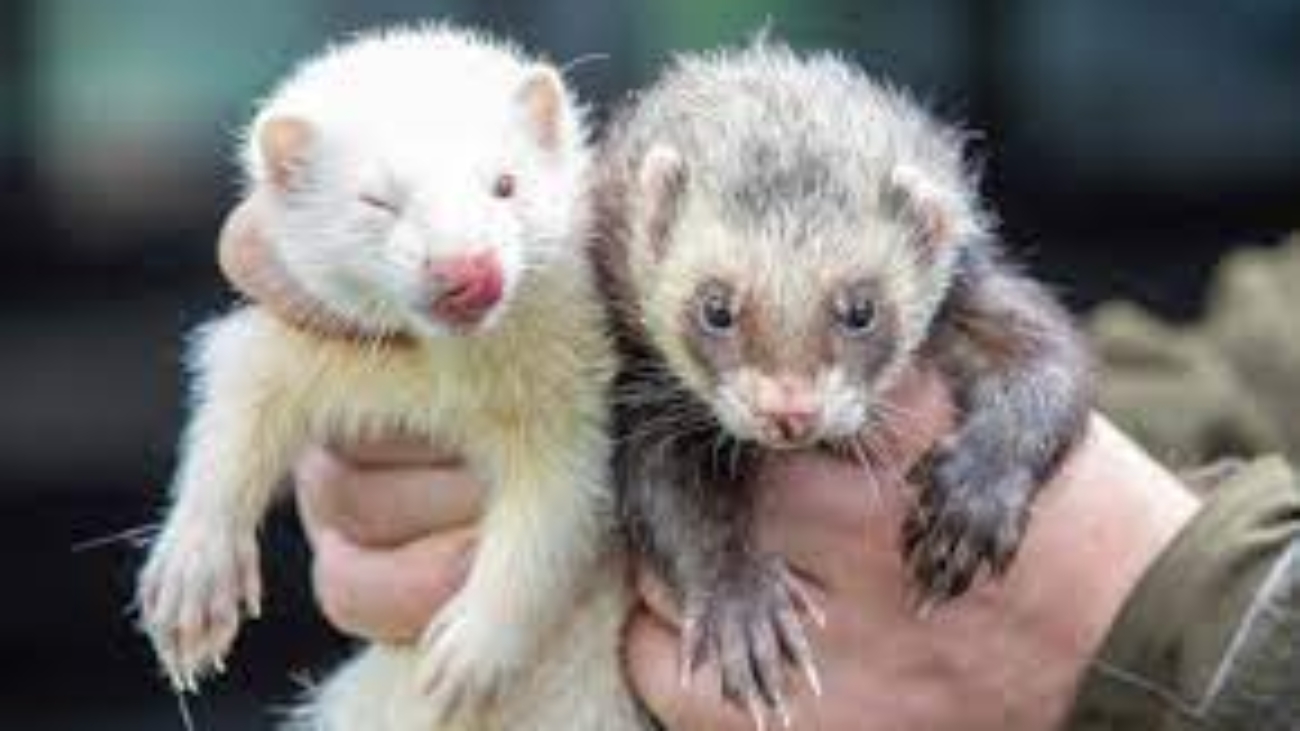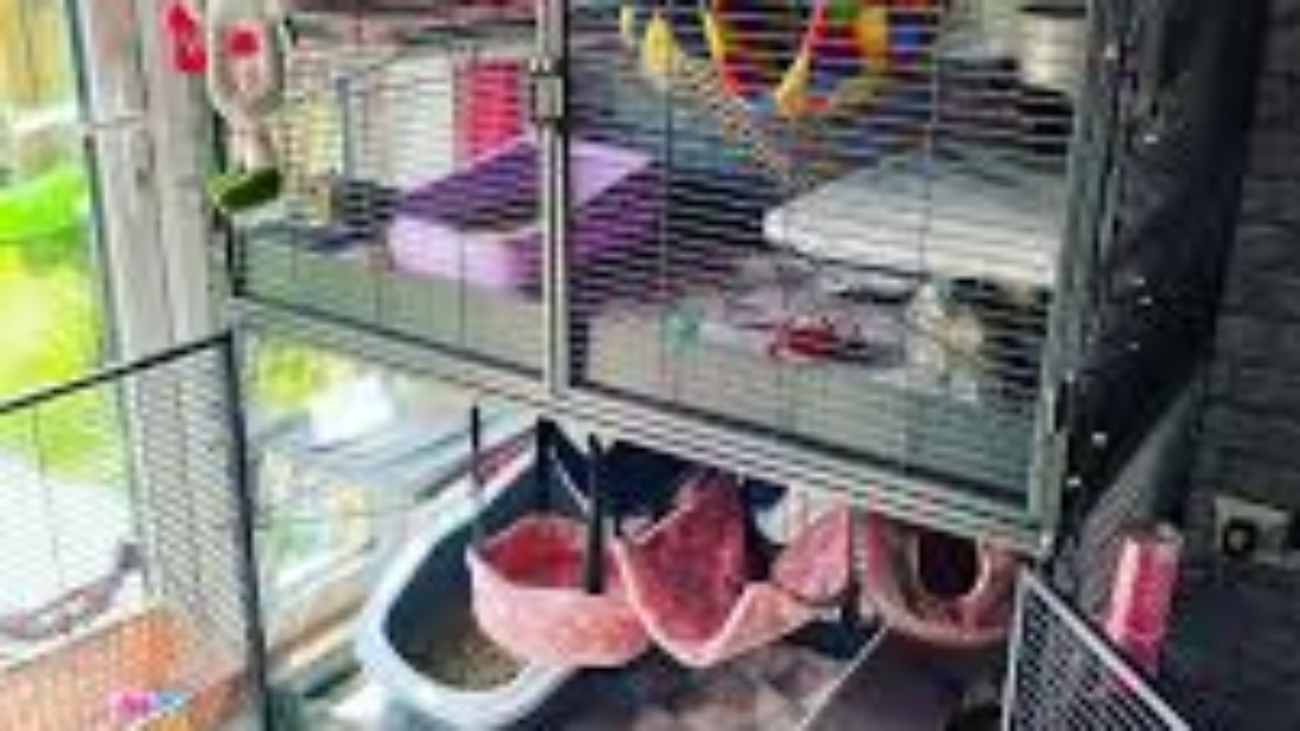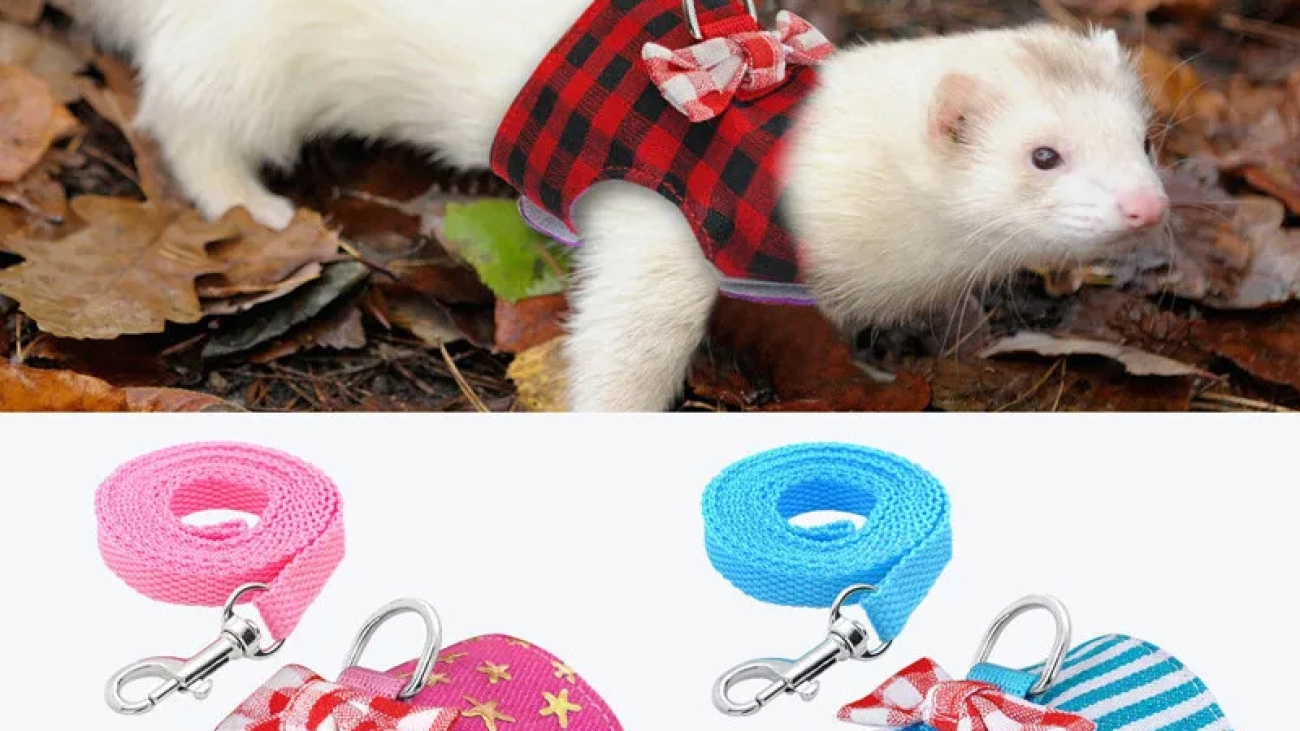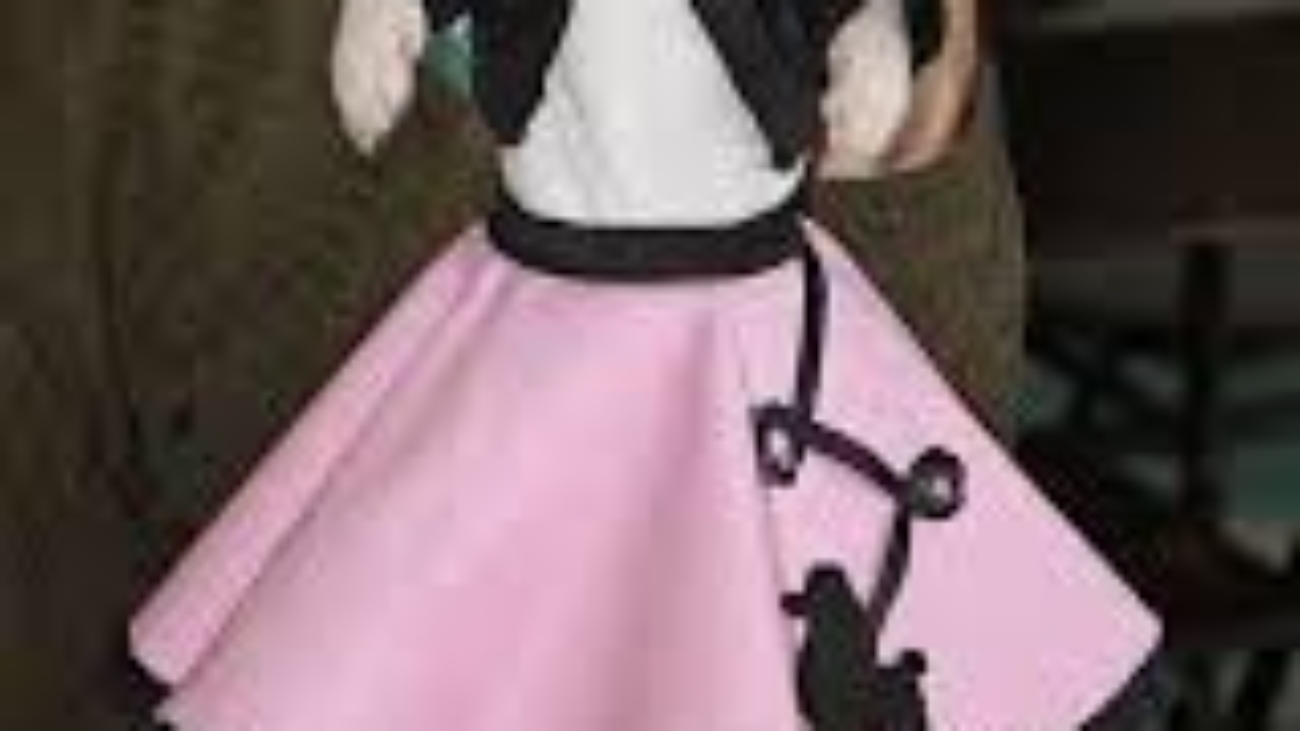Blaze Ferret, Ferrets have long been adored as quirky, energetic pets, and among the many types of ferrets, the Blaze Ferret stands out for its distinctive appearance and lively personality. This guide delves into everything you need to know about Blaze Ferrets, from their physical traits to their care requirements and why they make such fascinating companions.
What is a Blaze Ferret?
The term “Blaze Ferret” refers to a ferret with a specific color pattern. These ferrets are characterized by a white blaze or streak running from the top of their head down to their nose, often accompanied by white mitts on their paws and a white bib on their chest. The rest of their coat can vary in color, including shades of sable, cinnamon, or chocolate.
Physical Characteristics
Blaze Ferrets are easily identifiable due to their unique markings. The blaze pattern is typically a wide, white stripe, contrasting sharply with the darker fur surrounding it. They may also have a white-tipped tail and varying amounts of white on their legs and belly. This striking coloration makes Blaze Ferrets a favorite among ferret enthusiasts.
Temperament and Behavior
Like other ferrets, Blaze Ferrets are known for their playful and inquisitive nature. They are highly energetic, often engaging in a variety of antics that can entertain their owners for hours. Blaze Ferrets are social animals, enjoying interaction with humans and other ferrets. Their curious nature means they require plenty of mental stimulation and physical activity to stay happy and healthy.
Social Interaction
Blaze Ferrets thrive on social interaction and should not be left alone for long periods. They enjoy playing games, exploring their environment, and even learning tricks. Owners often describe them as mischievous and clever, capable of figuring out how to open cabinets or navigate obstacles to reach interesting objects.
Housing and Environment
Providing a suitable living environment for a Blaze Ferret is crucial. A spacious cage with multiple levels, tunnels, and hiding spots is ideal. Ferrets need plenty of room to explore and exercise. Ensure the cage is escape-proof, as ferrets are notorious escape artists.
Cage Setup
- Size: Large enough for climbing and running
- Bedding: Soft, washable bedding or fleece blankets
- Toys: Interactive toys, tunnels, and hammocks
- Litter Box: Ferrets can be litter trained with patience
Diet and Nutrition
A balanced diet is essential for a Blaze Ferret’s health. Ferrets are obligate carnivores, meaning their diet should primarily consist of meat. High-quality ferret food or specially formulated raw diets are recommended. Avoid feeding them fruits, vegetables, or grains, as these can cause digestive issues.
Feeding Tips
- Frequency: Multiple small meals throughout the day
- Treats: Meat-based treats in moderation
- Water: Fresh, clean water available at all times
Health and Veterinary Care
Regular veterinary check-ups are important to ensure the well-being of your Blaze Ferret. Ferrets are prone to certain health issues, including adrenal disease, insulinoma, and dental problems. Early detection and treatment are crucial for maintaining their health.
Common Health Issues
- Adrenal Disease: Symptoms include hair loss and increased aggression
- Insulinoma: Signs include lethargy and weakness
- Dental Health: Regular dental check-ups and proper diet help prevent issues
Why Choose a Blaze Ferret?
Blaze Ferrets are not just visually striking; their playful and affectionate nature makes them wonderful pets for those willing to invest time and effort into their care. They bring a unique charm to any household, offering endless entertainment and companionship. For pet enthusiasts looking for a unique and engaging pet, a Blaze Ferret can be a delightful addition.
Conclusion
Blaze Ferrets, with their distinctive markings and lively personalities, make fantastic pets for those who can meet their needs. Providing them with a suitable environment, proper nutrition, and regular veterinary care ensures they live a happy and healthy life. If you’re considering adding a Blaze Ferret to your family, be prepared for a rewarding and joyous experience with these fascinating creatures.

